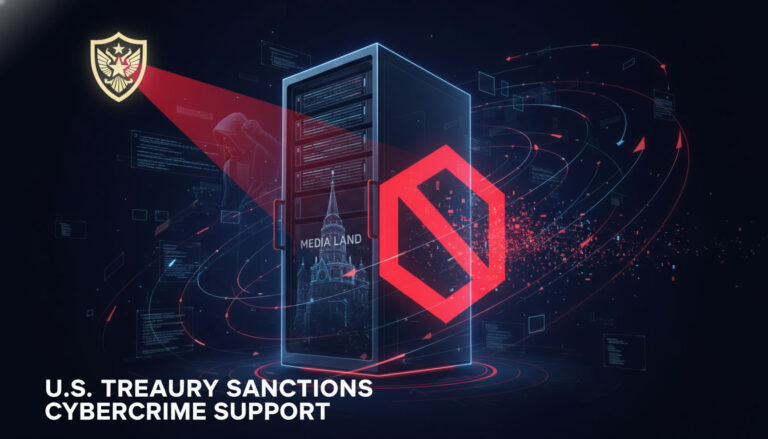Reliant on U.S Support Intel Walks a Risky Line

Why the US Government Isn’t Intel’s Savior For years Intel has been a titan in the semiconductor industry. However recent challenges have prompted discussions about...
⏱️ Estimated reading time: 3 min
Latest News
Why the US Government Isn’t Intel’s Savior
For years Intel has been a titan in the semiconductor industry. However recent challenges have prompted discussions about potential government intervention. While support might seem beneficial relying heavily on the US government may not be the ideal long-term strategy for Intel’s revitalization.
Direct Grants & Packaged Funding CHIPS Act + Secure Enclave
- Under the CHIPS and Science Act Intel has been awarded up to $7.86 billion in direct funding to advance semiconductor fabrication and packaging across facilities in Arizona New Mexico Ohio and Oregon. These funds are released based on project milestones.
Tax Credits & Loans
- Intel can tap into a 25% investment tax credit for qualifying manufacturing equipment further enhancing the financial toolkit for expansion.
- The CHIPS Act also makes available up to $11 billion in low-interest loans which Intel can use to scale its U.S operations.
Potential Pitfalls of Government Dependence
- Bureaucracy and Red Tape: Government funding often comes with complex regulations and administrative hurdles. Navigating these processes can be time-consuming and divert resources from core business activities.
- Political Influence: Government priorities can shift with changes in administration potentially leading to inconsistent support and uncertainty for Intel’s long-term planning.
- Market Distortions: Subsidies can create artificial advantages distorting market dynamics and potentially hindering innovation. Companies may become overly reliant on government handouts rather than focusing on organic growth and competitiveness.
Deepen Strategic Partnerships & Expand Ecosystem Reach
- Intel’s foundry business is partnering with industry leaders like Synopsys Cadence Siemens EDA QuickLogic and eMemory. Together they’re building design flows packaging solutions and IP infrastructure especially for Intel’s advanced 18A and 18A-P nodes.
Invest in R&D & Expand Global Manufacturing
- Intel continues to invest heavily in R&D allocating around $100 million annually to academic research and collaborating with government agencies like NSF and DARPA as well as leading universities to advance emerging technologies.

Enhance Supply Chain Resilience & Efficiency
The Copy Exactly methodology ensures high-yield replication across manufacturing sites supporting global consistency and quality.
Intel is also revamping its supply chain with lean manufacturing automated processes and vendor-managed inventory to drive efficiency and resilience.
Diversify Through Market & Product Expansion
- Intel has expanded beyond CPUs into markets like automotive Mobileye FPGAs Altera and emerging domains such as IoT and memory. These broad streams reduce reliance on PC-centric products.
GoBuzzle - Intel also supports startups through the Intel Arm Emerging Business Initiative granting access to manufacturing and IP to fuel AI and semiconductor innovation.
Leverage Funding as Strategic Leverage
- SoftBank’s $2 billion equity investment not only boosts Intel’s balance sheet but also opens the door to collaborative ventures particularly leveraging SoftBank’s Arm holdings.
- By combining CHIPS Act funding with equity swap deals Intel can negotiate more favorable terms while signaling growing investor confidence.
Build Open Ecosystems via Open Coopetition
- Participating in open cooperative projects such as those in media compression virtualization and tooling helps Intel benefit from shared innovation while retaining its competitive edge.
- Focus on Innovation: Invest heavily in research and development to create groundbreaking technologies and regain leadership in key areas like chip design and manufacturing processes.
- Diversify Revenue Streams: Explore new markets and applications for its technology such as AI automotive and cloud computing to reduce reliance on traditional PC and server markets.
Related Posts
Bluesky Enhances Moderation for Transparency, Better Tracking
Bluesky Updates Moderation Policies for Enhanced Transparency Bluesky, the decentralized social network aiming to compete...
December 11, 2025

Google Maps: Gemini Tips, EV Charger Predictions & More!
Google Maps Gets Smarter: Gemini Tips & EV Updates Google Maps is enhancing user experience...
December 9, 2025

US, UK, Australia Sanction Russian Web Host
Crackdown on Russian ‘Bulletproof’ Web Host The United States, United Kingdom, and Australia have jointly...
December 6, 2025











Leave a Reply